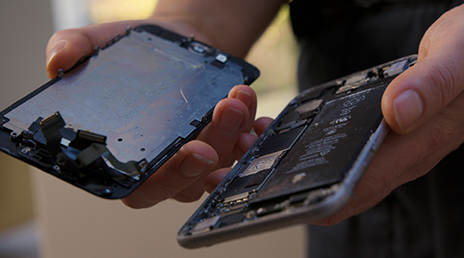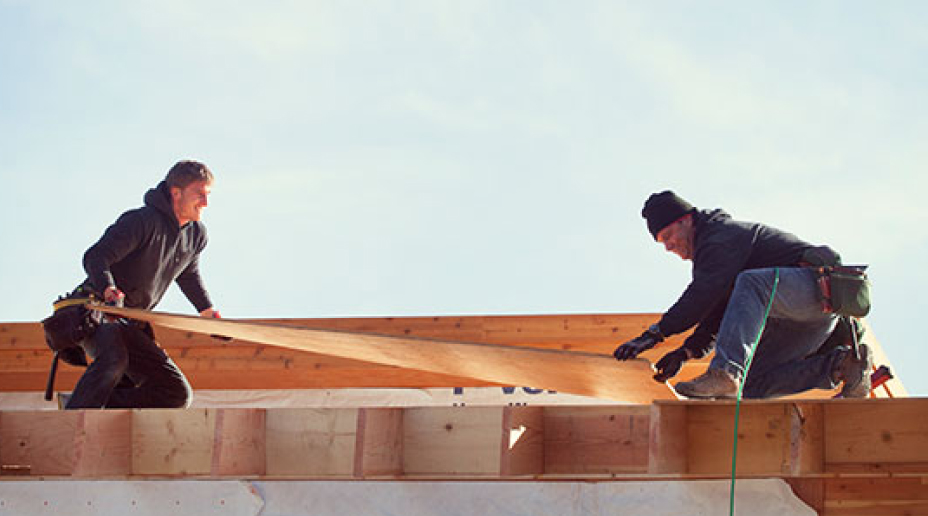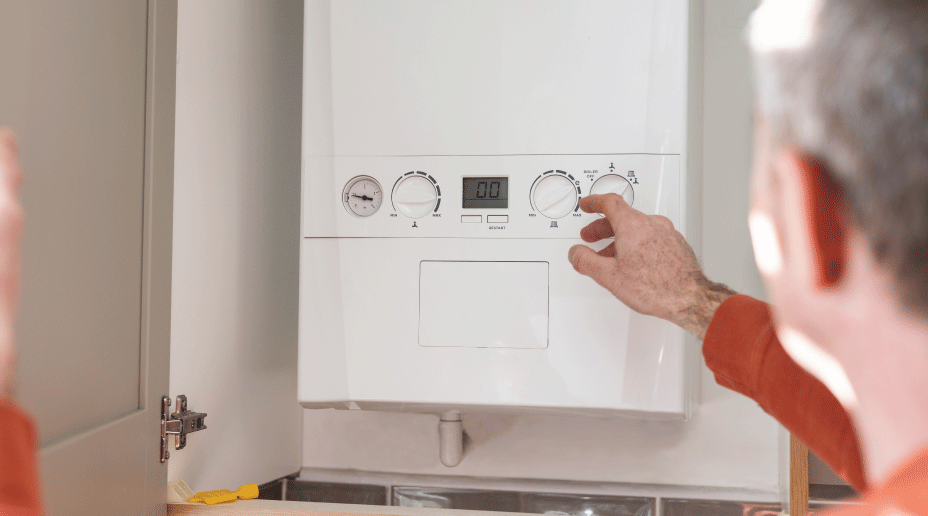How can you protect your home and prepare for flooding?
In the autumn and winter months, heavy rain and flooding are more common. So, let’s help you protect your home from flood damage with these tips.
- Is your home in a flood risk area?
- How can you protect your home from flood damage?
- What kind of damage can flooding cause?
- The average flood claim costs £33,000.
Over 7,000 homes in England could be built on land which already has a high risk of flooding. That’s according to a new report commissioned by Allianz and independent think tank Localis.
In the first half of 2024, 987 houses were given planning approval by local authorities in areas with a high flood risk, and a further 6,381 homes were granted approval in previous years.
The 12 local authorities examined include Doncaster, Exeter, Fenland, King’s Lynn and West Norfolk, Kingston upon Hull, Windsor and Maidenhead, as well as districts in both Surrey and Lincolnshire.
Is my home in a flood risk area?
Wet weather and coastal storm surges have caused a series of destructive floods in the UK over recent years.
There are three region-focused flood maps you can check to see if you're in a high-risk area. They display flood information on a map, with colour-coding to show the levels of severity. You can even sign up to receive flood warnings by phone, text or email.
- The Environment Agency's flood checker has a detailed map and warnings for areas that could soon be affected in England.
- The Scottish Environment Protection Agency provides Scotland's residents with up-to-date information.
- Natural Resources Wales has information for homeowners in Wales.
For house hunters, this information could be useful when deciding where to buy a new home. But it's just as important for people who've lived in the same home for a while.

How do I plan for a flood?
If your home’s at risk of flooding, it’s a good idea to create a flood plan. You’ll be glad you did.
Think about where you're going to stay, who you're going to stay with and how you're going to get there. Do you have relatives or friends nearby who could accommodate you at short notice?
If you have pets, find out if there are kennels nearby that will stay on dry ground.
Don't forget to take any school books or photo albums under coffee tables or lower shelves. It's also worth making digital copies of everything in advance so it's all backed up.
You can install non-return valves on your pipes if you're concerned about blocked and overflowing drains.
It's also worth making sure you have the receipts and manuals for appliances stored somewhere safe – you may need these when making a home insurance claim.
Don't try to move anything that's too heavy for you to do so safely, flood management companies are trained to take all the necessary steps to prevent secondary damage to your home, including moving heavy objects and carpets.
Before you move anything, take photos and make an inventory of everything you take to higher ground. As an extra step, you could find out which local flood management company your insurer uses and make a note of their details.
How can I weather-proof my home?
- Regularly check your roof to look out for any slipped or missing tiles, loose or cracked flashings, or worn concrete.
- Keep your drains andgutters clear of leaves and debris. During high rainfall, blocked gutters could cause extensive water damage to your home.
Always be cautious when undertaking any DIY task that you aren’t familiar with, seek professional help where needed. - Cut back large branches (especially dead ones) overhanging your home or outbuildings.
- Back up your computer to avoid losing sentimental material (such as family photos). Lightning or flood damage could wipe your computer's hard drive.
- Safely lock your valuables away, preferably in a waterproof container kept on an upper floor.
- Consider keeping a stock of sandbags if you live in a flood risk area. Ask your local council as they may supply them.
- Get temporary flood protection equipment such as removable covers for air bricks and other vents and floorboards to help protect vulnerable windows and doors.
- When refurbishing or decorating your home, use flood resilient materials, like ceramic tiles on ground floors, or rugs instead of carpets.
How do I prevent further flood damage to my home?
The moisture and humidity from flood water can damage previously unaffected rooms, even those upstairs. So, when you're at home, you should open all your windows to get air flowing through the house and stop moisture building up. At the same time, close all the doors to unaffected rooms. Take extra precautions before you do this to
Protect any valuables, such as storing them in a locked drawer or a safe, or even removing them from the house altogether.
As well as your home, your garden is likely to be badly damaged, and may contain debris from the surrounding neighbourhood. Wait until waters have gone down to safe levels before you begin to clear it.
Once water levels are down, remove any carpets that have been damaged. But don't dispose of them: your insurer will need them to see the impact of the flood.
It's important to be patient with the flood management teams as they work to get your home back to the way it was - but don’t be afraid to ask for regular updates.
Flash floods can turn your whole life around. But by watching out for warnings, preparing for any eventuality and staying proactive if it happens, you can take control over how much a flood impacts your life.
This article contains links to other sites – we're not responsible for their contents.



























